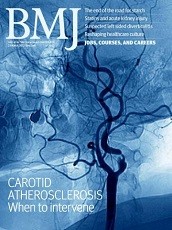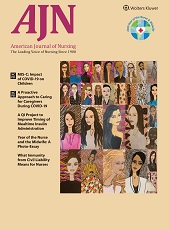JS Scott

Extract
You suggest that while a conscience clause was “manifestly essential” seven years ago, now “the situation has changed.”In what way? The extermination chambers of the Third Reich were no less of an affront to civilization at the end than they were at the beginning of their existence; the few who continued to speak against them were every bit as right ultimately as initially. Lest it be said that this is quite remote from the British abortion situation, I record that I have been faced with a healthy and affluent young woman demanding abortion”because the father is a Jew.” That the abortion was carried out, though not by me, may give some of your readers pause for thought.
Scott J. (Correspondence) Attitudes to Abortion. Br Med J. 1974 May 11;2(5914):329-330.

